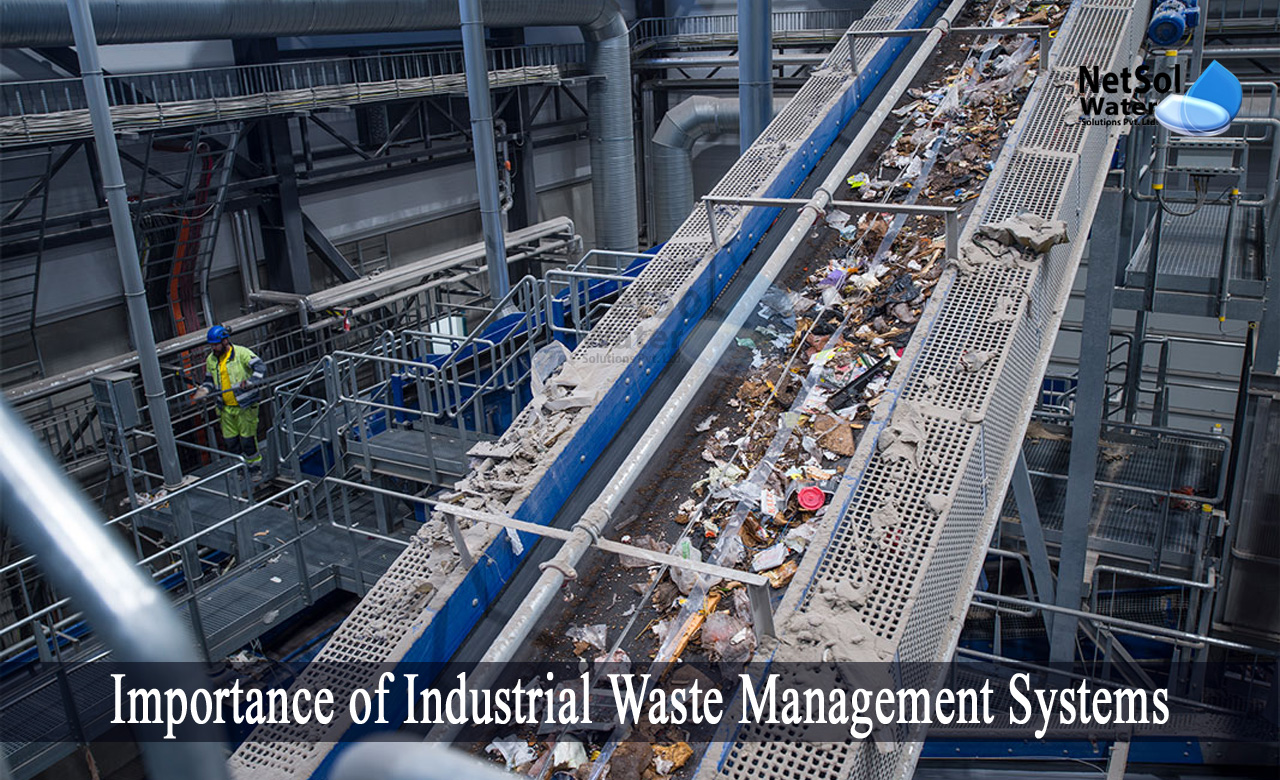How Reclaim Waste can Save You Time, Stress, and Money.
How Reclaim Waste can Save You Time, Stress, and Money.
Blog Article
Some Known Details About Reclaim Waste
Table of ContentsThe 3-Minute Rule for Reclaim WasteIndicators on Reclaim Waste You Should KnowThe Main Principles Of Reclaim Waste Some Of Reclaim WasteSome Of Reclaim Waste
Residential sewer waste refers to the waste and products from a household septic storage tank. The correct management and disposal of domestic sewage waste need fluid waste to be transferred to a sewer treatment plant where the proper techniques and devices are applied to detoxify and dispose of waste.
Commercial waste typically consists of prospective threats, such as flammable products or a blend of liquid and solid waste items, and needs an advanced and in-depth disposal procedure. The disposal of industrial waste usually entails the filtering of waste before transport to make certain secure and appropriate disposal. Hazardous waste is developed from by-products and runoff of commercial procedures and manufacturing.
This sort of waste can not use the exact same sewer management transportation or procedures as septic or commercial fluids. The hazardous waste monitoring process calls for the examination and testing of fluid waste before it undertakes the disposal process (liquid waste removal). Runoff waste is the fluid waste that originates from runoff and excess stormwater in very booming locations or cities
Drainage waste can trigger contamination and flooding if not dealt with correctly. Making certain appropriate waste management can prevent calamities and minimize environmental damage.
Facts About Reclaim Waste Uncovered
Contact PROS Solutions today to find out about our waste monitoring and disposal services and the appropriate methods to care for the liquid waste you generate.
(https://boom-fruit-496.notion.site/Industrial-Wastewater-Treatment-The-Key-to-a-Cleaner-Greener-Future-13c9fdbb2e9380eca32fee3a79088ddf?pvs=4)This supposed 'wastewater' is not only an important source however, after treatment, will be launched to our land, waterways or the ocean. Used water from bathrooms, showers, baths, cooking area sinks, washings and industrial processes is known as wastewater.

water made use of to cool equipment or clean plant and devices). Stormwater, a form of wastewater, is runoff that flows from agricultural and metropolitan locations such as roofings, parks, yards, roadways, paths and seamless gutters into stormwater drains, after rainfall. Stormwater moves unattended directly to local creeks or rivers, eventually getting to the ocean.
The 25-Second Trick For Reclaim Waste
In Queensland, many wastewater is dealt with at sewer treatment plants. Wastewater is moved from domestic or industrial websites through a system of sewers and pump stations, referred to as sewage reticulation, to a sewage therapy plant. Regional governments construct, keep and operate most sewer treatment plants. Operators are accredited under the Environmental Security Act 1994 to discharge cured wastewater at an acceptable ecological standard into rivers.
The Department of Natural Resources recommends city governments regarding managing, operating and keeping sewage systems and therapy plants. In unsewered locations, city governments may need owners to mount specific or family sewage treatment systems to treat domestic wastewater from toilets, cooking areas, bathrooms and laundries. The Department of Natural Resources authorises the usage of family systems when they are proven to be reliable.
In some brand-new class, treatment of some stormwater to get rid of litter, sand and gravel has started utilizing gross toxin catches. Wastewater treatment takes place in 4 phases: Removes solid issue.
Wastewater then streams into huge containers where solids work out and are eliminated as sludge. Oil and residue are skimmed from the surface area. Utilizes small living organisms referred to as micro-organisms to damage down and remove staying liquified wastes and fine particles. Micro-organisms and wastes are integrated in the sludge. Eliminates nitrogen and phosphorus nutrients that could create algal blooms in our waterways and endanger water life.
How Reclaim Waste can Save You Time, Stress, and Money.
Nutrient elimination is not offered whatsoever sewage therapy plants because it needs pricey specialised equipment. It is becoming much more typical in Queensland. Clear fluid effluent produced after treatment may still include disease-causing micro-organisms. If this effluent is released into waterways such as rivers or the sea, the micro-organisms will at some point die out.

This normally implies wastewater needs to be treated or impurities removed prior to it can be released to waterways. Many wastewater flows right into the sewerage system. Under the Act, local governments provide approvals and licences for environmentally pertinent tasks (ERAs) entailing wastewater releases that may have a local effect. The department carries out authorizations and permits to ERAs involving wastewater launches that could have a regional or statewide impact.
The Basic Principles Of Reclaim Waste
Tracking provides valid information regarding water high quality and can verify that permit problems are being met. The information acquired via monitoring offers the basis for making water high quality choices.
Report this page